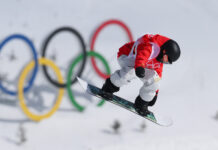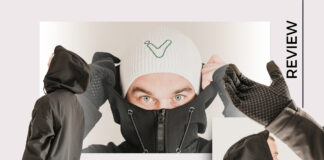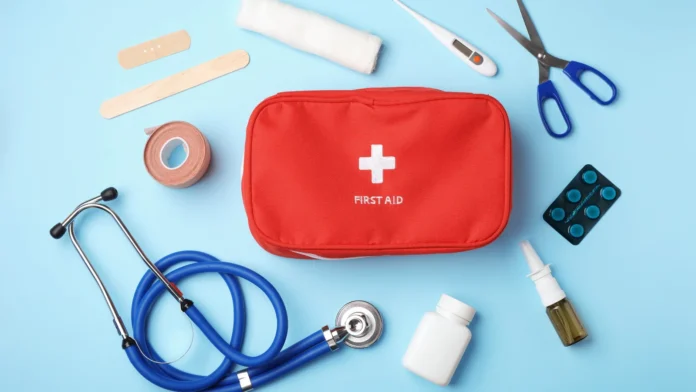
First Aid skills are very important to have in any extreme sports or activity which has an increased chance of injury. You should take the time to read the following sections to assure you have some basic knowledge about what you can and should do if you are confronted with a First Aid situation.
Our bodies are able to cool down using a system of sweating and radiating heat through the skin. In extreme conditions such as high temperatures, high humidity in combination with exercise can cause the body to be unable to loose all the heat.
As heat builds up in the body heat illnesses can occur. Avoid heat illnesses by avoiding too high temperatures and body exercise. Assure yourself that you are drinking more fluids than you are losing.
Heat illnesses develop in the following stages:
Heat Cramps
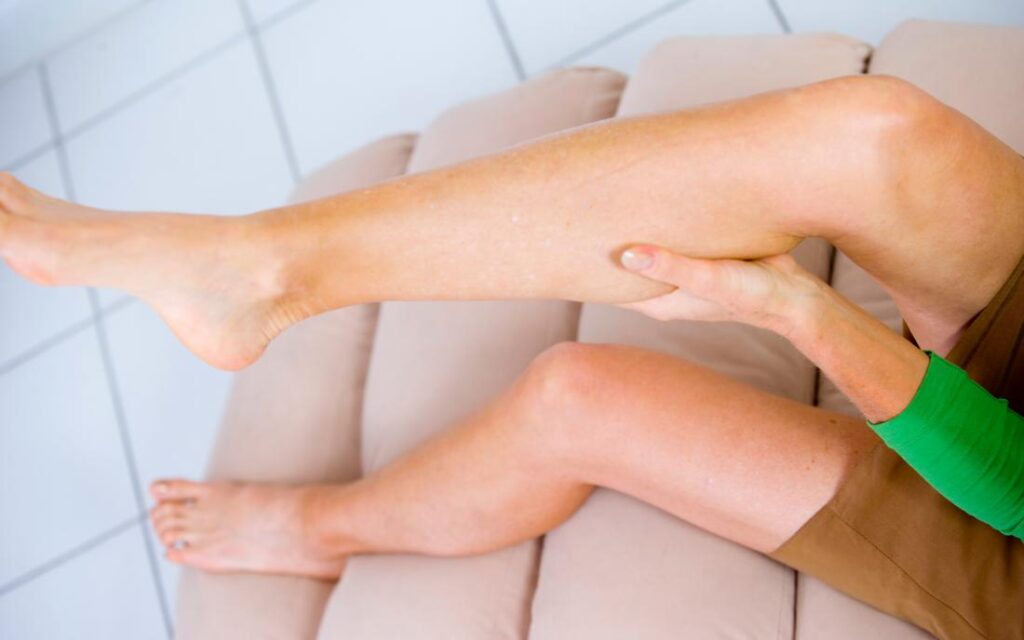
Heat cramps are pretty innocent they occur as brief but severe cramps in the leg, arm or abdomen muscles. They are painful but not too serious. Cool down by resting out of the sun and drinking cold beverages.
Heat Exhaustion
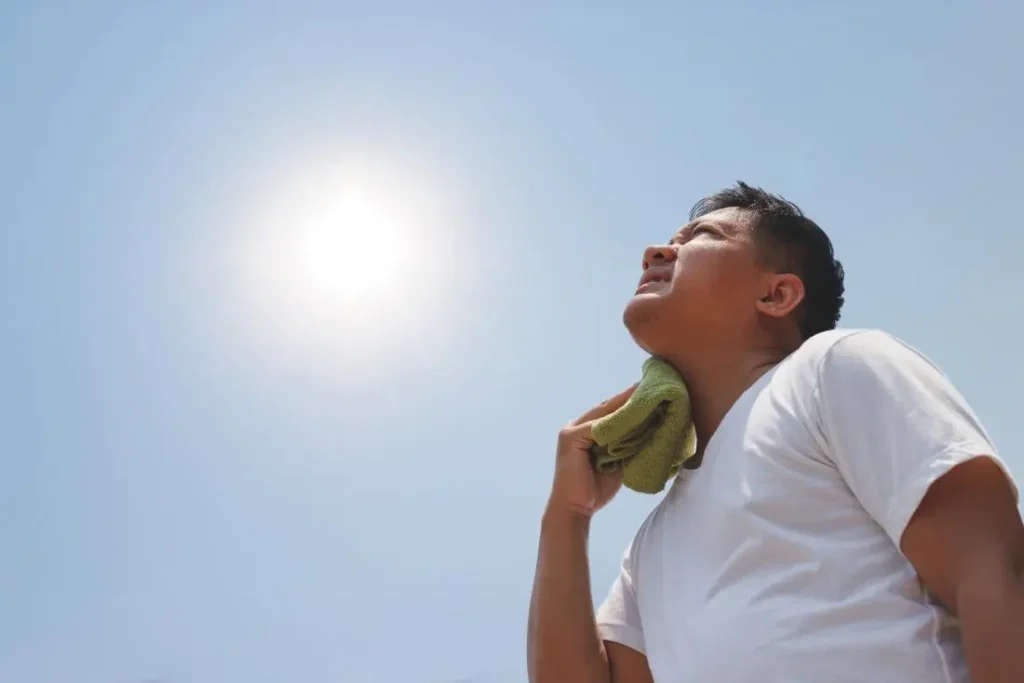
If the heat continues to build up inside the body a person can suffer from heat exhaustion.
Symptoms include dehydration, fatigue, weakness, headaches, nausea, vomiting and hyperventilation.
Heat Exhaustion can get very serious. Get away from the heat as soon as possible. Drink cool beverages. If seriously overheated, remove all clothes and bathe in cool, not cold, water. Visit a doctor for serious cases.
Heat Stroke

If the situation becomes worse, a person might suffer from heat stroke. The body is no longer able to control the body’s temperature and the body temperature rises to dangerous levels (42 degrees and up). Signs of a heat stroke are: hot and dry skin, severe headaches, dizziness, weakness, disorientation, fatigue, seizure, loss of consciousness. It is essential to get the body temperature down as quickly as possible to avoid brain damage or even death.
Take of all the victim’s clothes and if possible submerge the victim in cool water or cover the victim with ice bags. Keep the victim moist and if enough water is not available, use a blower or any other method of cooling down the victim.
It is important to know how you should take care of yourself when you go out for fun and adventure. There are many possible situations that may occur. These are only some guides on how you can prevent them.
The Basics of First Aid
Their are a couple of ground rules when it comes to first aid and emergency situations.
1. Remain Calm and in Control
Do nothing to add further tension to the situation. The victim and the events will already cause a tense situation do nothing to add to the tension but try to calm it down instead.
2. DR. ABC
The letters in DR.ABC tell you the basics of what you should do in a First Aid situation:
D – Danger
Check the danger and source of the injury inflicted to the victim. Make sure the danger has passed and the surrounding are safe. There is no use of becoming a victim yourself. Assess the situation.
R – Response
Check the Response of the victim by simply asking them how they are. If they can answer your question then that tells you that the victim is conscious, breathing and that the heart is working.
If the victim is unable to response move onto the ABC:
A – Airway
Make sure that the victim has an open airway. Tilting the head back with the chin facing up will clear an airway.
B – Breathing
Make sure that the victim is breathing by looking at breathing signs, listening to exhales and feeling air coming out of the mouth or nose.
C – Circulation
Make sure that the victim has blood circulation. Check for a pulse and visual signs such as complexion and blinking of the eyes.
3. Send for Professional Help
If you are with multiple people assign one person to call for aid. If you have a mobile phone or other way of reaching the outside world, use it. Explain calmly and clearly the location of the accident and the condition of the victim. For more information read our section on Contacting Rescue Services.
After you have performed the Dr. ABC check you can further analyze the situation and act on the injury or condition.


